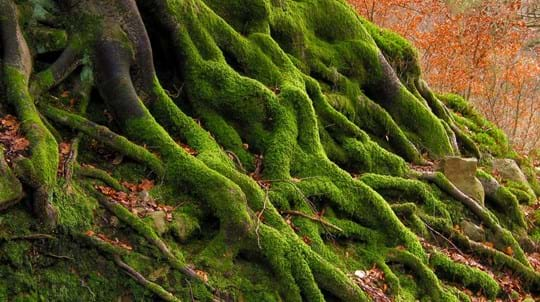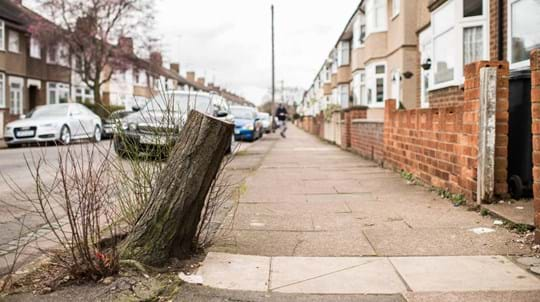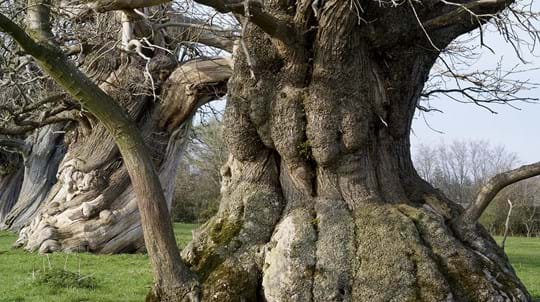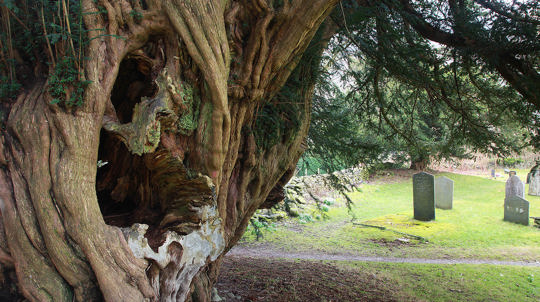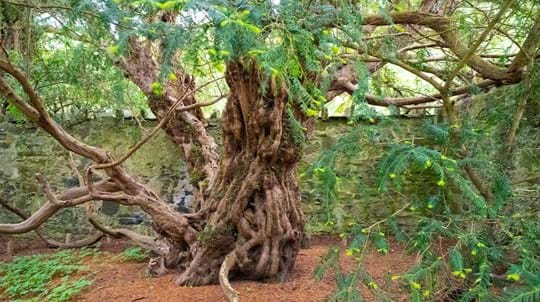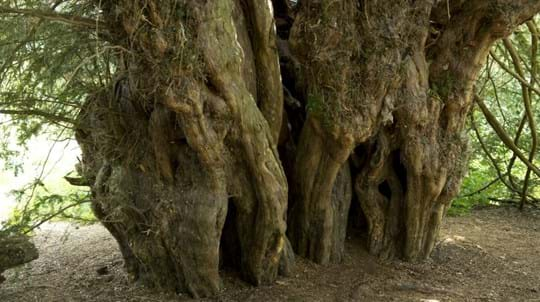How can I find out if a tree is protected?
Local authority maps
Some local authorities have maps you can check to see if a tree or wood has a TPO or is in a Conservation Area. If no map or list is available, or if there is any doubt, speak to your local authority’s tree officer or equivalent.
Government maps
Other sources include sites designated on a national or even international basis. These designations may not specifically protect individual trees, but the trees may benefit from the measures that protect the whole site.
Each devolved government has its own maps and lists, such as Magic Maps, produced by DEFRA for England.
National designations include:
- Areas of Outstanding Natural Beauty (AONB), protected under the Countryside and Rights of Way Act 2000
- Sites of Special Scientific Interest (SSSI), protected by the Wildlife and Countryside Act 1981.
Internationally designated sites include Special Areas of Conservation (SAC) and Special Protection Areas (SPA), which are protected under the Habitat and Birds Directives. While not specifically protected under the EU Directives, Ramsar sites have equal protection in UK law.
Inventories for ancient woods and ancient trees
Ancient woods and ancient and veteran trees have a degree of protection through planning policy. That means it’s worth checking the Ancient Woodland Inventory (AWI) and Ancient Tree Inventory (ATI).
The AWI is a map of all the areas of ancient woodland currently designated by the statutory nature conservation bodies. Each nation has its own inventory:
- England: maintained by Natural England - we’re working together to update the current inventory
- Scotland: maintained by Scottish Natural Heritage
- Wales: maintained by Natural Resources Wales
- Northern Ireland: compiled by the Woodland Trust.
The ATI is a map of the oldest and most important ancient and veteran trees in the UK. It doesn’t include every tree – it’s a living database and we rely on volunteers and members of the public adding to it. Identifying where these special trees are takes us a step closer to giving them the care and protection they need. We can only campaign for the trees we know about.




